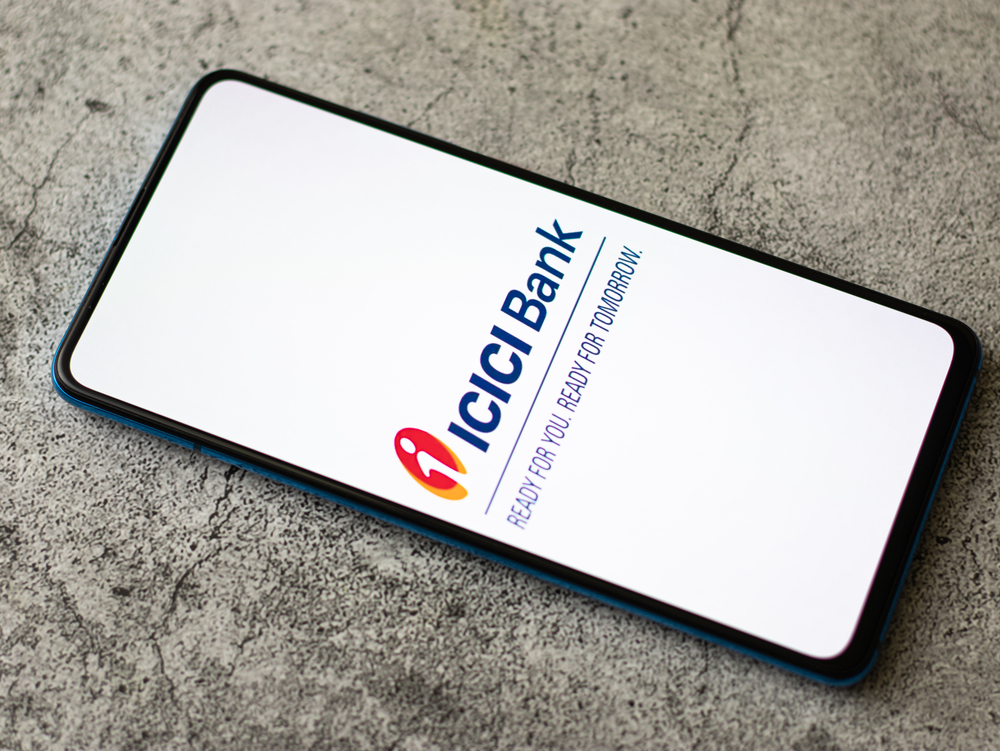Why Are Debt Fund Investments So Volatile?

Debt fund investors have unfortunately had multiple rude shocks over the last 18 months. Traditionally, debt funds have been considered relatively safe instruments due to the fixed income bearing nature of the underlying investments of the funds. However, those who have been battered by the global financial crisis (GFC) and then lived to tell the tale, will emphasize on one very important learning. The investment landscape is constantly shapeshifting and the risk/return profile of investment instruments is highly dynamic. Thus, nothing really is a ‘given’ in the financial markets. Another important learning is that ignorance can really cost you. It is important to be aware of your investment and assess the impact of large events/developments on your portfolio. From that perspective, let’s take a stab at understanding why debt funds have turned so volatile in the current environment.
The two main sources of risk for debt funds
Debt funds are not risk-free. Instead, debt funds can have two legitimate sources of risk.
Credit risk – depending on the investment mandate, certain funds can lend to corporates that might be lower on the rating ladder in return for higher yields (ie. the interest charged is higher). As long as the underlying corporates continue to service their debt regularly, these funds can continue to reap the benefits of higher yields.
Interest rate risk – it is well known that the price of a fixed income security is inversely related with interest rates ie., as rates rise the price of the security falls and as rates fall, the price of the security rises. However, it is not necessary that the change in price would be the exact same as the change in interest rates. The change in the value of your debt fund NAV in response to interest rate changes depends on a factor called modified duration.
Modified duration measures the interest rate sensitivity of the debt fund and tells us the expected increase or decrease in fund NAV in response to a 1 per cent change in interest rates. Thus, a fund with a higher modified duration will have higher sensitivity to interest rates while a fund with lower modified duration will be less sensitive to a change in interest rates.
Still don’t understand why debt funds are experiencing heightened volatility in the current environment.
Now, it is clear that the above two factors can impact the value of a debt fund. Under normal circumstances, a fund can easily sell the corporate paper that it holds to meet redemption requirements. However, in a heightened risk environment where economic activity has come to a virtual standstill, liquidity for lower rated paper usually dries up. This means that in order to meet redemption pressure, the fund house is forced to sell the higher rated and more liquid paper of the portfolio thereby, increasing fund risk (higher concentration of lower rated paper). Mounting redemption pressure can amplify this risk, as seen recently. Debt funds have also been witnessing interest rate volatility that has largely been precipitated by large foreign investor selling in the Indian debt markets as they migrate from emerging markets to the relative safety of developed markets and redemption pressure led by advance tax payments and general concerns over COVID-19 and its economic impact.
For debt mutual funds, the going is currently tough as they get sandwiched between a rock and a hard place ie. dwindling liquidity and interest rate risk.









